If you’re new to Dwarf Fortress and struggling to build structures above ground, this guide is for you. We’ll show you step by step on how to build a simple two-story house, covering everything from walls, roofs, and stairs to help you understand the game’s construction system.. As you become more confident, you can start building however you want. Let’s get started.
Step 1 – Building Materials
- Wood
- Stone
- Metal
- Ceramic
- Glass
Each of these materials can produce one tile’s worth of wall, ramp, or floor (or half a constructed staircase spanning two floors). For instance, to build a wall that’s four tiles long, you would need four wood logs. As you can see, creating an entire log tower would need a lot of of logs!
However, there’s a trick to multiply our construction supplies for wood and stone. We can turn these materials into blocks! Each stone boulder or wood log can be transformed into four blocks. You can do this at the carpenter’s or stoneworker’s workshop.
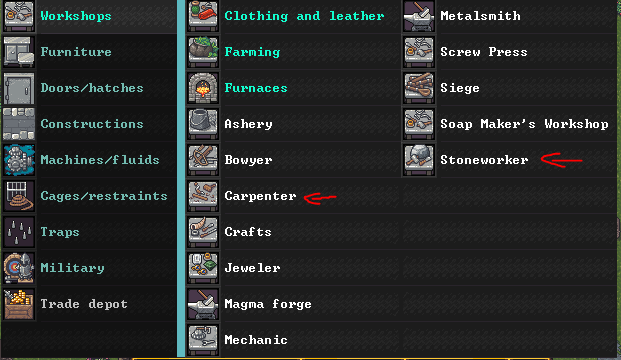
Once you set up your workshop, you can create a work order to produce as many blocks as you want. Go to the work orders screen and search for ‘Rock Block’ or ‘Wooden Block’ (as required) and select it.
From there we need to select the material we want to use, otherwise our dwarves will just use whatever materials they want. Click on the magnifying glass and find the material you want. In my case I have a lot of apricot wood so I will be using that.

Once you selected the correct material, you can see the work order changed on the left.

When a dwarf crafts a wooden block, they produce four of them. In my case, the work order will yield 40 apricot wood blocks. Unlike logs and stones, wooden blocks can be stored in wooden bins, making storage more convenient. To minimize travel time, consider creating a stockpile near your construction area.
Step 2 – Building Walls (Ground Floor)
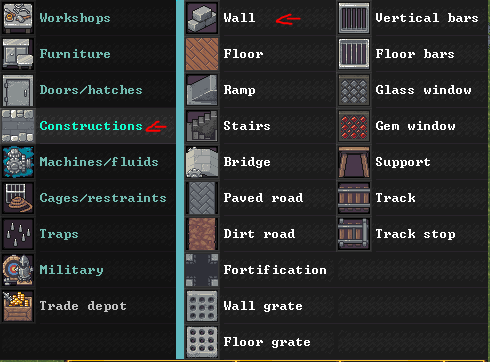
Make sure you have ‘select material after placement’ selected so you can tell your dwarves what materials to use, as well as keep building after placement if you want to build more than just a line.
Start by making a line (not a square) and then choose the material by clicking ALL. Once its done, a ghost outline will show up on the map. You can keep building, leave a space for the door, or make a larger gap for merchant carts. Remember, upper floors won’t collapse as long as one wall tile stays connected on the lower floor.
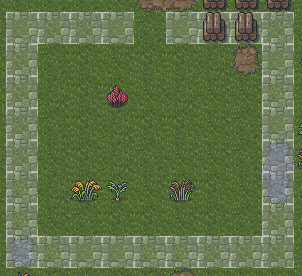
There is something to keep in mind when designating wall orders. In order to build walls dwarves need to be able to access the tile the wall is to be built on from the north, south, east or west. This means they cannot build the wall if the only way to access it is DIAGONALLY.
In my example this isnt a problem because it is on the ground level and the dwarves can access either side. However, if I was building the next floor up the dwarves might not be able to build the corner pieces if they build the adjacent walls first. In order to stop this we can suspect construction on the walls nextdoor, by clicking on the ghost outline and suspending construction.
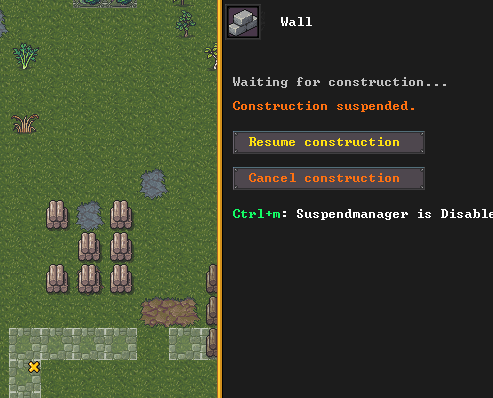
You can see in the above the ‘x’ showing it is suspended. We can resume construction in the same way when we are ready.
This menu also allows you to remove ghost construction as well. Currently you cannot ‘mass’ remove constructions so its best to not mess up unless you fancy doing a lot of clicking!
In the below we can see my dwarves have built all the walls apart from the suspend one. Jobs (almost) done!
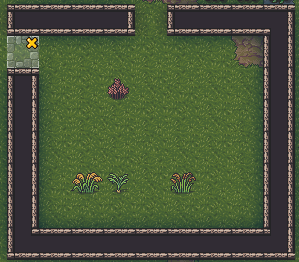
- Walls need to be built on top of a floor (ie the tile below it cannot be open air). If you cant build a wall on a tile build a floor first.
- Be careful about walling/cutting dwarves off. If they get stuck they can be a real pain to get out, especially if they are high up!
Step 3 – Building Floors (Ground Floor)
Walls use the same materials as before and are designated in the same way walls.

Just drag the floors all over where you want them built on the ground floor. If you want to have the entrance as a floor tile designate that as well.
Floors cannot be built if furniture or doors are on the tile so if you want to put floors under furniture that already exists you will need to remove it from the tile. Click on the furniture in question and click on the deconstruct icon. Dont worry this wont destroy the furniture and once the floor is done you can put it back in its place.

Here is my construction midway through. All the plants will be removed as part of the process with no further input required.
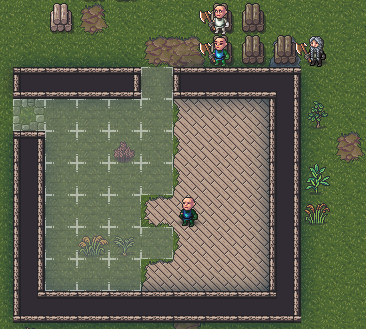
And here is the first floor construction finished! Of course, this building has no roof so any dwarf inside is going to be getting pretty wet. We will sort this out in due course.
Step 4 – Building Stairs (Going Up!)
In order to build the next floor we need to get our dwarves up a ‘z’ level. Z levels are the vertical plane levels. We have 2 options to get our dwarves up a level, ramps or stairs. Ramps on a tile allow a Dwarf to move diagonally up or down a ‘z’ level while stairs allow a dwarf to move up down a z level vertically (in the same tile). As I want to build another floor lets focus on stairs.
Constructed stairs are different to the stairs you will have dug out of the earth in the past. They have a few differences:
- Constructed stairs cannot be built on tiles without a floor (this is more crucial if you are trying to replace dug out stairs, as dug out stairs remove the floor on the z level they are on.
- Constructed stairs cannot be built down into the unknown (dug out stairs can).
Constructed stairs can be found in the construction menu under stairs.

To build the stairs start on the z level you want the stairs to start (ground floor in this case) and scroll up to the next z level. You should see a ghost stairs on both z levels.

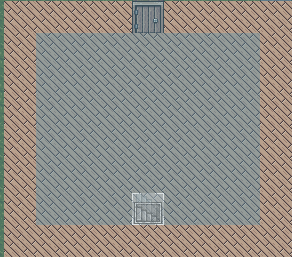
If you are an eagle eyed Urist you might spot that the walls we built in step 1 have created ‘floors’ above them. Dwarves can walk on walls as they are floors on the z level above.
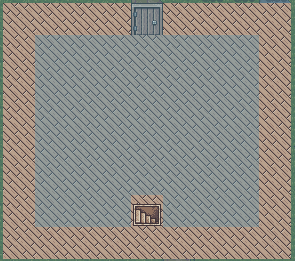
With the stairs built the dwarves can now access the next floor and in my case can walk on the walls if they so wish. Dont worry if you built your stairs away from the walls, you can still build out from the stairs as they act as a sort of ‘walk through floor’ on the z level they are on.
Step 5 – Building the Next Level
Start off by designating all your floor tiles to be constructed. This shouldnt get any of your dwarvs stuck but you may get the odd suspended floor construction if they try and construct in a weird order. Unpause these as and when they can access the tile.
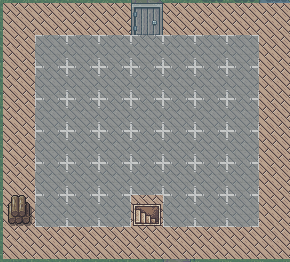
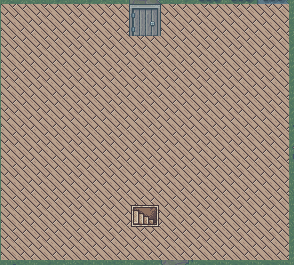
At this point you might have figured it out but its worth stating – in Dwarf Fortress you do not build roofs as such, you instead build floors on a higher z level which act as a roof to the lower z level. With these floors built our ground floor is now safe from rain.
Once all the floors are built we can build the walls for this floor. Remember that your dwarves cannot access the outside of the building on this z level, so be careful of stuck dwarves and your corner wall pieces. Suspect constructions as required to get the job done safely. You can also build a wall on this z level even if the below tile doesnt have a floor, as long as they are connected to the floor by another tile. This means I can build a wall over my door even though that tile doesnt have a floor.
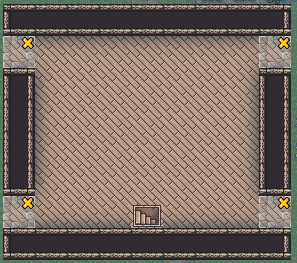
In the above picture note my suspended wall constructions, in order to allow the corner walls to be constructed without issue.
With this done the floor has been constructed. We could keep going up and up but instead lets finish this building off by constructing a ‘roof’.
Step 6 – Building the Roof (with Ramps!)
Future Slippy here – Id like to point out that you could (and probably should) just build a constructed staircase from the ground going up alongside the building to where you want to build the roof. Once the ‘roof’ is built, deconstruct the staircase bit by bit starting at the top. Its faster then the ramp method, but ill leave the ramp method below to explain what ramps are and what you could use them for.
In cases like these it can be useful to think about real life. In real life what do builders do to access high up places? They build scaffolding! We can do something similar in Dwarf Fortress by using ramps.
Ramps are a bit like stairs but instead of dwarf going up to the next z level directly they go diagonally up. The tile with a hex in it is ‘half filled’. Ramps are already all over the world but we can construct our own, and most importantly they can be deconstructed without having a dwarf stuck on the roof.
Go back to the ground floor and open the construction menu and click on ramp.
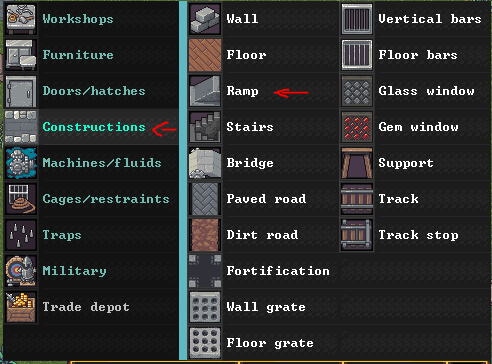
Now select a tile next to a ground floor wall tile and double click (no scrolling!). This will build a ramp on this z level going up to the next. Material doesn’t matter, we are going to remove these when we are done.
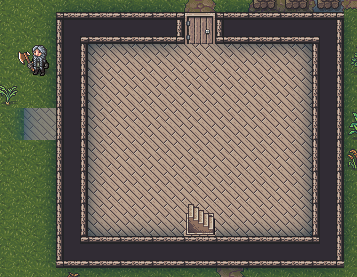
With the ramp built, on the same z level build a wall next to it to act as our ‘scaffolding’

Now scroll up z level and build another ramp on the wall we just built, in the same way we built the previous ramp. This will build a ramp on this layer.
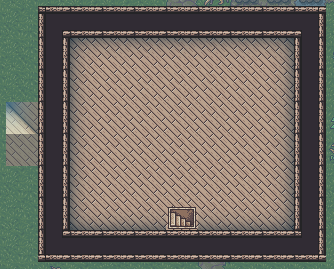
You now should have access to the top of the building! Designate the empty areas for floor construction. Remember you have a wall on the outer of the building so you wont need to put a floor on them, but you can do if you want to change the colour. Below is my finished roof (with different colour to prove I filled it in!)
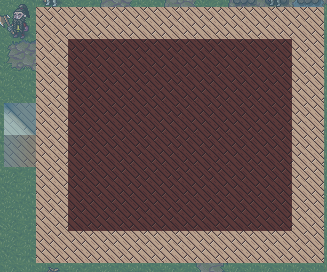
In theory we could keep going up and up if we wanted to using this method
With the roof filled in we can deconstruct the the scaffolding piece by piece in the REVERSE order to how we built it.
Step 7 – Deconstruction

Simply select the things you want deconstructed and your dwarves will get to work. In the case of removing scaffolding do it top down piece by piece to ensure no dwarves get stuck. Remember the final ramp was the z level just below the roof, if you are on the roof z level the deconstruct tool wont work. Note in the image below I am only deconstructing the final ramp we built.
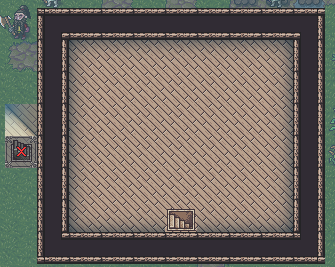
Here is the final image with all the scaffolding taken down. Note the 2 ‘dirt’ floors that have been created. While unsightly for now grass or loam will ‘grow’ over the top of it causing it to blend in just fine in time.
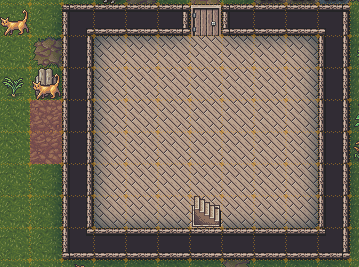
Summary
There is plenty more you can do with outdoor building but that goes beyond the scope of this guide. Let your imagination run wild. Don’t forget with the skills you have learnt here you can build walls, ramps and floors underground as well!
While you are here – let me take a moment to plug my other relevant guide. If you are creating a lot of blocks you are going to need a lot of stone and wood. Why not use a quantum stockpile to neatly store your wood and stone in a fraction of the space? Click below if you would like to know more.
https://steamcommunity.com/sharedfiles/filedetails/?id=3044882095
And that wraps up our share on Dwarf Fortress: Above Ground Construction for Beginners. If you have any additional insights or tips to contribute, don’t hesitate to drop a comment below. For a more in-depth read, you can refer to the original article here by Slippy, who deserves all the credit. Happy gaming!
